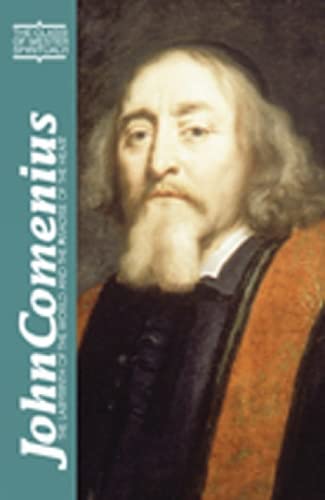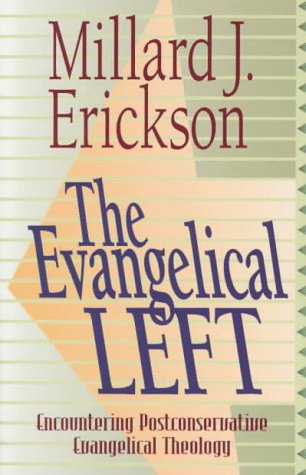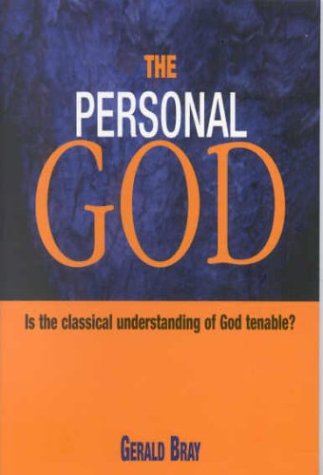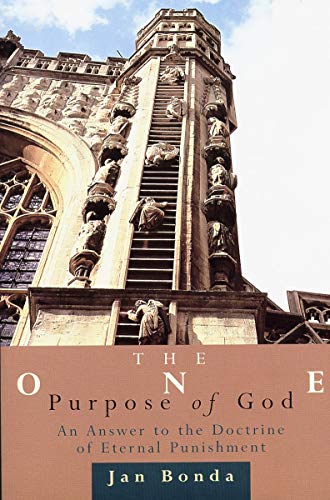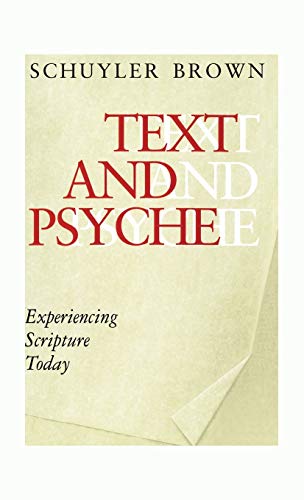From the Ancient Sites of Israel. Essays On Archaeology, History and Theology
Written by T. Eskola and E. Junkaala (eds.) Reviewed By Jens Bruun KofoedThis book is a tribute to the memory of Aapeli Saarisalo (1896–1986), pioneering biblical archaeologist and Professor of Oriental Literature at the University of Helsinki, Finland. The collection of essays is itself representative of Saarisalo’s archaeological and biblical interests.
In the first essay, Heikki Palva offers a good introduction to Saarisalo’s explorations and scholarly publications, while Moshe Kochavi, Rafael Frankel and Zvi Gal in the next three essays write on the subjects of their own research in Galilee and the Golan, the regions of Saarisalo’s pioneering research. Kochavi describes how the ancient Bashan-Akko highway followed different routes in the Bronze and Iron Ages respectively. Frankel reexamines the relevant lists of the Israelite tribal territories, arguing that they are geo-political divisions which largely reflect those of earlier periods, and that the territory of Asher was the continuation of the Canaanite city kingdoms of Akko and Achshaph mentioned in the Amarna letters. Gal argues that the bedouins’ agricultural landscape in the Nahal Zippori area is a relic of ancient times, demonstrating the relationship between settlers and environment in antiquity. Though difficult for the non-specialist, these articles—together with the following technical essay by Mikko Louhivuori on the mapping of ancient sites—offer interesting insights and perspectives on geographical and topographical matters. However, it is unfortunate that several of the maps are almost unreadable and of little help.
In the next three essays, Alan Millard, Antti Laato and Eero Junkkaala discuss the relation between Near Eastern archaeology and the Bible. Millard is well aware of the problems of bringing the biblical and the ANE material together, but argues convincingly that, since the biblical books reflect similar ancient contexts, it is logical to read them in the light of knowledge about the ANE. Millard offers the reader exciting examples from his own field of Assyriology, arguing for the possibility and probability of Israelite religious practices as they are described (and dated) in the OT. Laato and Junkkaala take us right into the hot issue of current OT scholarship, the question of biblical Israel’s origins. Noting the crucial distinction between the date of the extant OT texts and the date of their content, Laato argues convincingly that the comparative material does not preclude the possibility of an early monotheistic Yahwism in Israel. This is an important and much needed contribution to the discussion on Israel’s religion and history. Junkkaala begins his article with a brief introduction to the so-called paradigm shift in historical studies related to the OT. This is perhaps too brief, since ranking Van Seters together with Davies, Thompson, and Lemche as proponents of a new paradigm hardly does justice to his quite different approach to the historical questions and the biblical texts. Junkkaala proceeds to give solid arguments for an early origin of biblical Israel on the basis of the archaeological and epigraphical data. However, he does not discuss or refute the key principle of the proponents of the new paradigm, namely that the biblical texts are useless as historical sources to the early history of Israel.
In the final essay, Timo Eskola has a most readable discussion of another hot issue, the question of the ‘works of the Law’ of Paul. He argues that Paul introduced a radical reformation of the positive and synergistic concept of Avodat Israel in contemporary Judaism. Instead of solving the problem within the frames of covenantal theology, as does Sanders. Eskola suggests that it is the polarization between man’s sin and God’s grace in Paul’s letters which confronts the traditonal Jewish faith with a new gospel. Paul interprets the Avodat Israel as a negative effort, useless as regards salvation, thus emphasising the saving act of Christ.
The publisher has informed me that only a few copies are left for sale. For further information contact The Theological Institute of Finland
Jens Bruun Kofoed
Copenhagen Lutheran School of Theology



